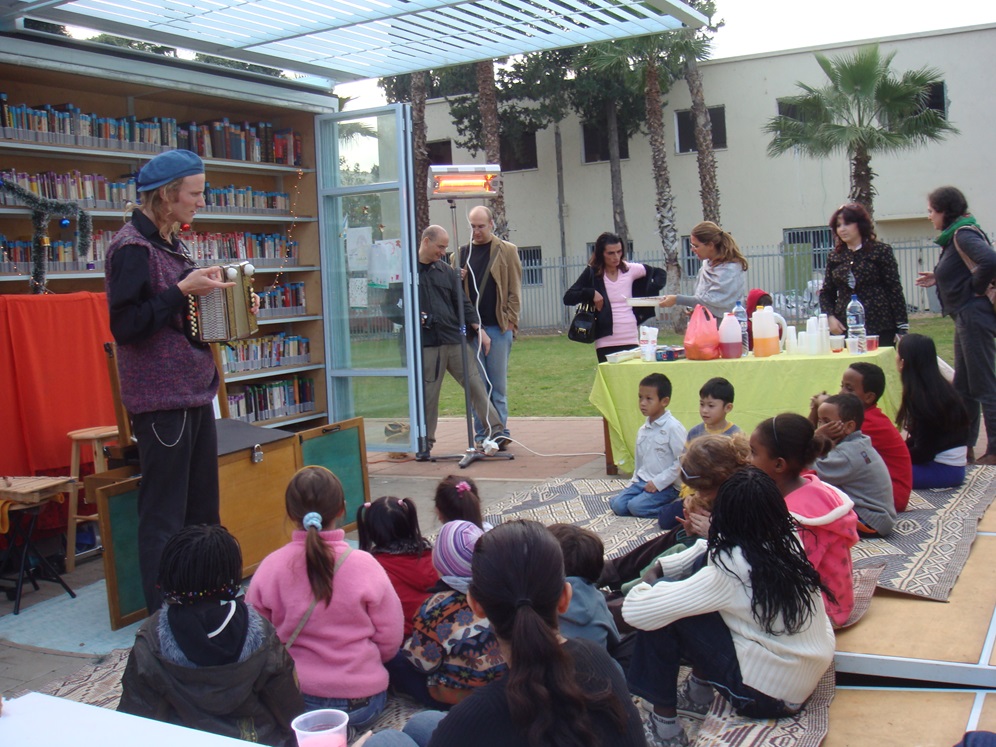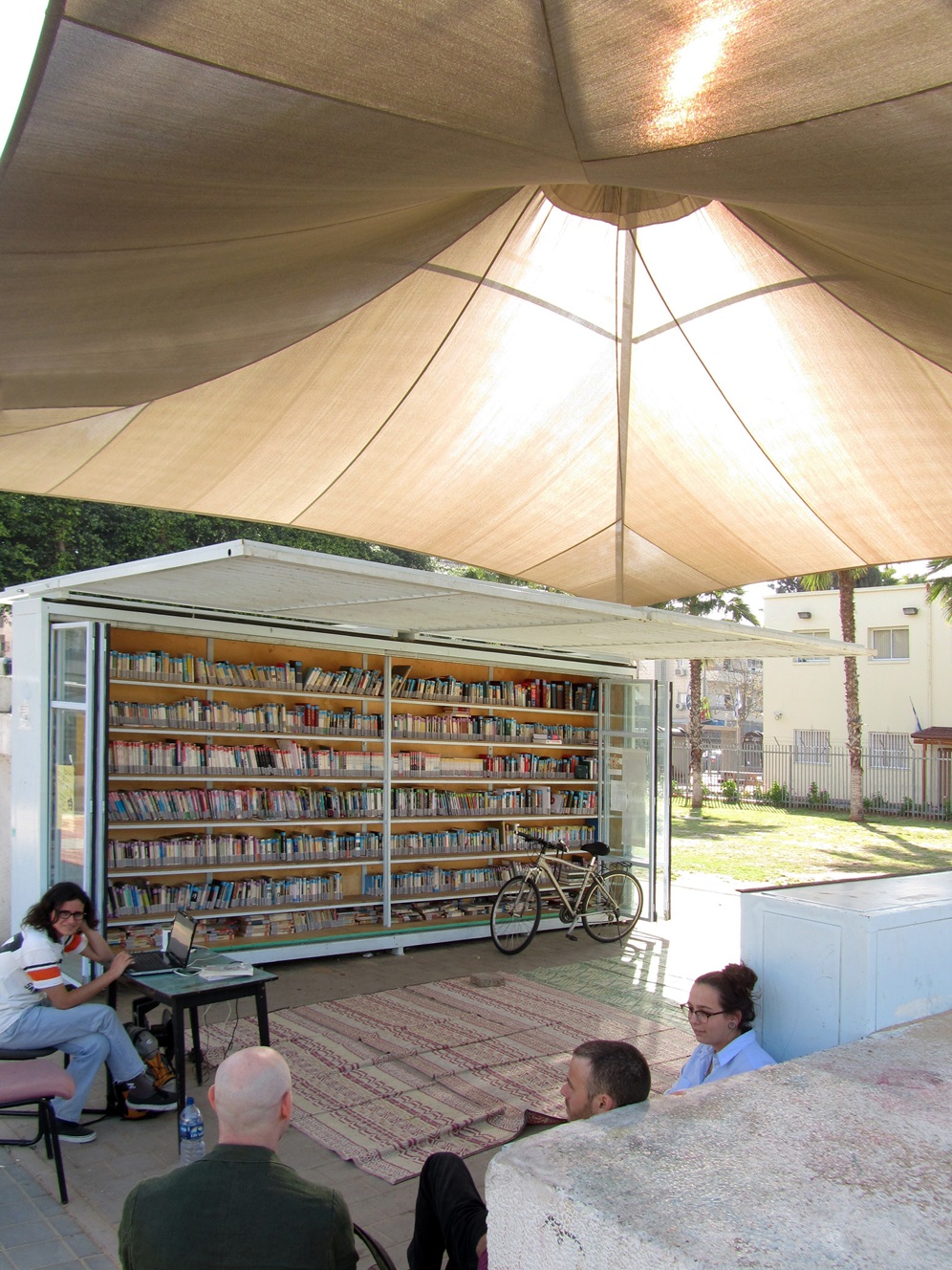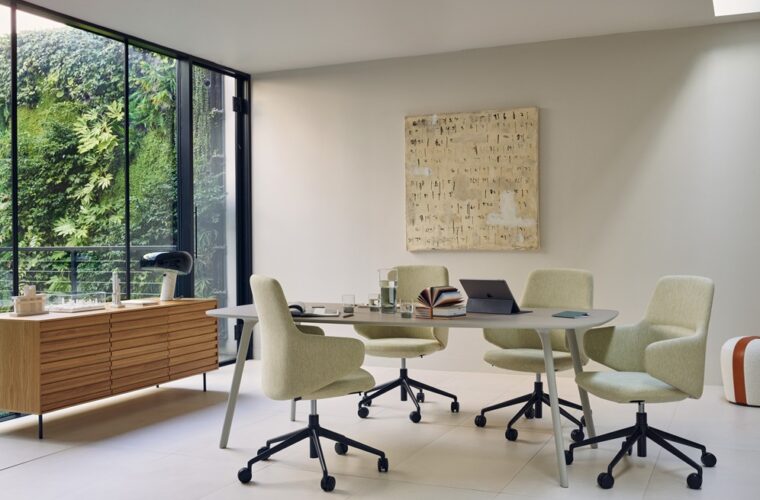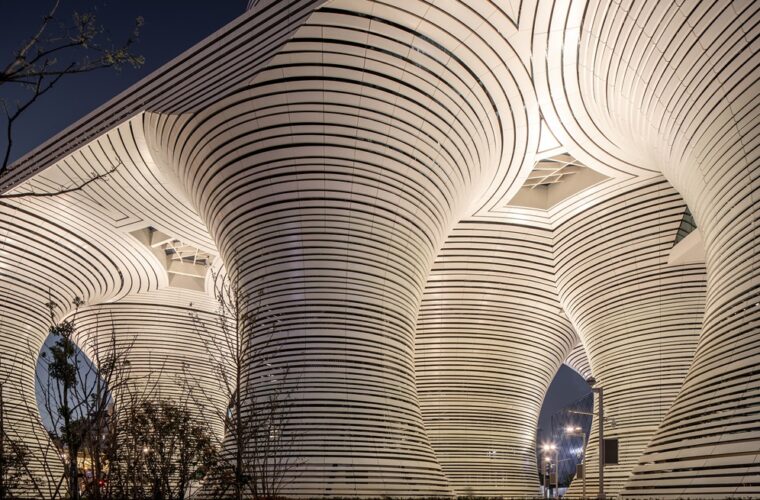The Garden Library for Refugees and Migrant Workers, Tel Aviv
Yoav Meiri Architects, Tel Aviv
Lead architect: Ar. Yoav Meiri
Photography: Y. Meiri, R. Kuper, T. Rogovski
The Garden Library for Refugees and Migrant Workers was founded in 2010 as a social-artistic urban community project. The Library is intended for migrant communities in Israel such as construction workers, farm workers, caregivers of the ailing and elderly, and refugees from Third World countries. All migrants opposite of integrated and naturalized are invited, such as temporary, deprived of housing, their provisional work permits pending, and are constant candidates for wandering and expulsion. They are foreign not only in origin, culture, and language but also in society.
The Garden Library was founded inspired by the desire to be freed of the patronizing relationship between settled citizens and migrants. The relationship, albeit supportive and empathetic, goes beyond the migrant’s needs beyond food, shelter, and clothing. This assumption does not allow the migrants to expand their life circles and find comfort.
Libraries define the relations between the man and world, and thought and imagination are elementary characteristics of the individual. They empower universal values and become a tool to reinforce social groups’ homogeneity and limits of the collective.
The Garden Library assumes that the migrant worker does not simply work for their physical sustenance, and has additional spheres as well. It consciously mixed language and culture to achieve the mix of different communities, which became an act of normalization, improvement of living conditions, and democratic pleasure.
The civil urban move targets migrant communities in the Neve Sha’anan neighborhood not out of social righteousness but as an exchange of language and culture. The library is operated during weekends and holidays when most migrants are free from work, and they congregate in Tel Aviv’s southern neighborhoods around public parks and prayer establishments.
The library has no walls or doors and comprises two bookcases supported by the walls of a public shelter located in the park. The taller structure contains books for adult readers and is transparent and illuminated from within so that the books glow in the dark. Doors of a shorter cabinet swing down to form a parquet floor for children to sit and read. The door of the taller cabinet opens to form a canopy that stretches above the two structures and shelters the books and readers from sun and rain. It becomes a space for browsing, reading, and social meetings.
The library contains approximately 3,500 books in Mandarin Chinese, Amharic, Thai, Tagalog, Arabic, French, Spanish, Nepalese, Bengali, Hindi, Turkish, Romanian, and English. The children’s cabinet also holds books in Hebrew.
The books are not cataloged according to genre or author name, but according to the feeling they bring. The library carries books with their emotional history, and the book placement is not decided by popular vote, but by the last reader. Furthermore, the library serves as a focus of initiated and improvised activities such as a story-reading corner, music playing, and multimedia.










